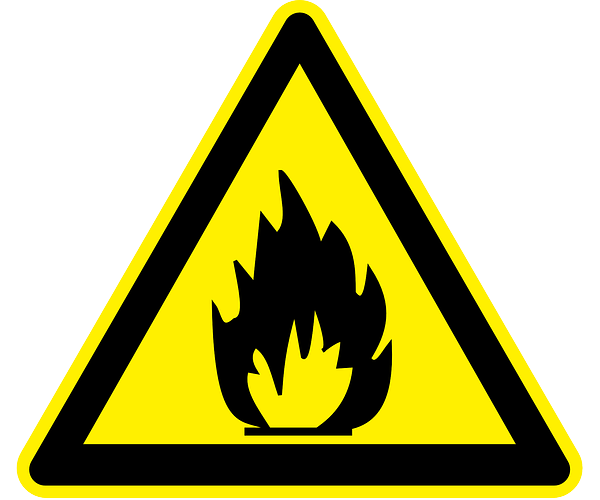ALERT: PARTS OF LINWOOD ARE CURRENTLY ON FIRE. THE SITUATION IS UNDER CONTROL BUT PLEASE USE CAUTION.

Don't worry though! Fire actually plays an important role in forest ecosystems!

Fire promotes change in an environment by burning away the existing flora, which adds nutrients to the soil that new seeds can use to grow. And with the canopy being cleared, the new seeds don't have to compete as much for sunlight.

It creates what's known as an early successional habitat, which is the stage in between an open field and a forest. Some plant species can only grow in these kinds of habitats, which attract specific animal species, and so natural disturbances are needed to maintain these habitats. Some flora and fauna species that thrive in early successional habitats include: grasses, wildflowers, butterflies, bees, snakes, rabbits, and songbirds.

There are even some plants that require fire to release their seeds, such as the lodgepole pine! Other species simply tolerate fires by having thicker bark, high moisture tissue, or underground storage structures; which help them outcompete species that can't tolerate fires. Species that have adapted to tolerate fire are known as pyrophytes.
Of course, wildfires are very dangerous and should not be taken lightly. As important as they are, they can cause widespread destruction and loss of life, but prescribed burns can help prevent catastrophic fires. With carefully planned burns, natural resource managers can prevent forest debris from building up and fueling uncontrollable fires, while also maintaining the early successional habitat mentioned earlier.

References and further reading:
- https://www.nps.gov/articles/learning-about-fire-ecology-basics.htm
- https://dwr.virginia.gov/blog/what-is-early-successional-habitat/
- https://oceanblueproject.org/fire-ecology-of-pacific-northwest-forests/
- https://en.wikipedia.org/wiki/Pyrophyte
- https://www.nps.gov/articles/what-is-a-prescribed-fire.htm
(april fools! only the home page is on fire today, the rest of the site can be accessed here~)